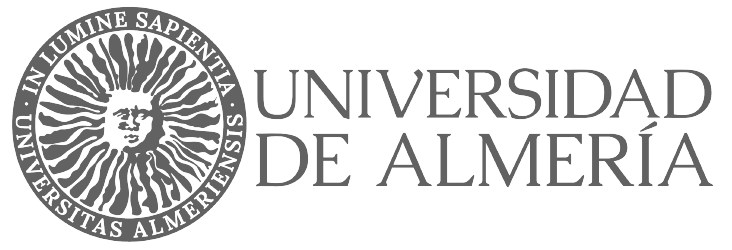The article «Differences in Sensory Processing in Children Using the AULA Test: A Comparative Analysis of Auditory and Visual Stimuli» is pivotal for Nesplora Aula’s research framework as it provides valuable insights into sensory processing differences in children. By examining how auditory and visual stimuli are processed differently, this study enhances our understanding of sensory integration, which is crucial for optimizing the AULA test’s application. The study confirms that while most variables align with the hypothesis of equal stimulus exposure, there are notable exceptions such as mean response time and omissions. The findings will inform the refinement of Nesplora Aula’s technology and its use worldwide, ensuring more accurate assessments and tailored interventions for children with sensory processing challenges.
ADHD is a disorder that primarily affects children and adolescents, characterised by prominent and enduring symptoms of inattention, overactivity, and impulsivity. This study investigates how children with typical development (TD) respond to auditory and visual stimuli, comparing their behaviour to clinic-referred children who are suspected of having ADHD. Two samples were collected for this analysis, one consisting of 1,295 participants and the other consisting of 378 participants between the ages of 8 and 16. The main hypothesis states that there will be no difference in the participant’s response to visual and auditory stimuli. The second hypothesis suggests that if the first hypothesis is not supported, there will be noticeable differences in the responses of the clinical sample to these stimuli. Results suggest that the first hypothesis is fulfilled for all variables except for the variables mean time for correct responses and omissions. Likewise, differences are also present in the clinical sample, confirming the second hypothesis.
[…]
The main hypothesis, that the participants’ visual stimulus exposure will be identical to the participants’ auditory stimulus exposure (sample based on the normative AULA study), is fulfilled for all variables except for the following: mean time for correct responses and omissions. There is a higher sensitivity toward auditory stimuli in the meantime for correct responses variable and a higher sensitivity towards visual stimuli in the omission variable, but this variable is no longer significant for either sex from the age of seven years.
There are also differences in the sample of children with suspected ADHD, which confirms the second hypothesis. It is important to note that the significance of visual stimulus in the omission variable extends until the age of 11 for boys, while for girls, it persists until the age of 9. For this reason, the omission variable shows a different trend between boys and girls with suspected ADHD.
In general, AULA variables show no significance between visual and auditory stimuli, except for two of them (mean time for correct responses and omissions). In addition, it is important to note that these variables work inversely to the general performance variables, since a shorter mean time for correct responses is better than a longer mean time for correct responses. In addition, a small number of omissions is more appropriate than a large number of omissions. This is an aspect to be considered when drawing conclusions from the results obtained.












Este proyecto ha recibido financiación de la Unión Europea del programa de investigación e innovación
Horizon 2020 bajo el acuerdo Nº 733901
© 2025 Nesplora S.L.